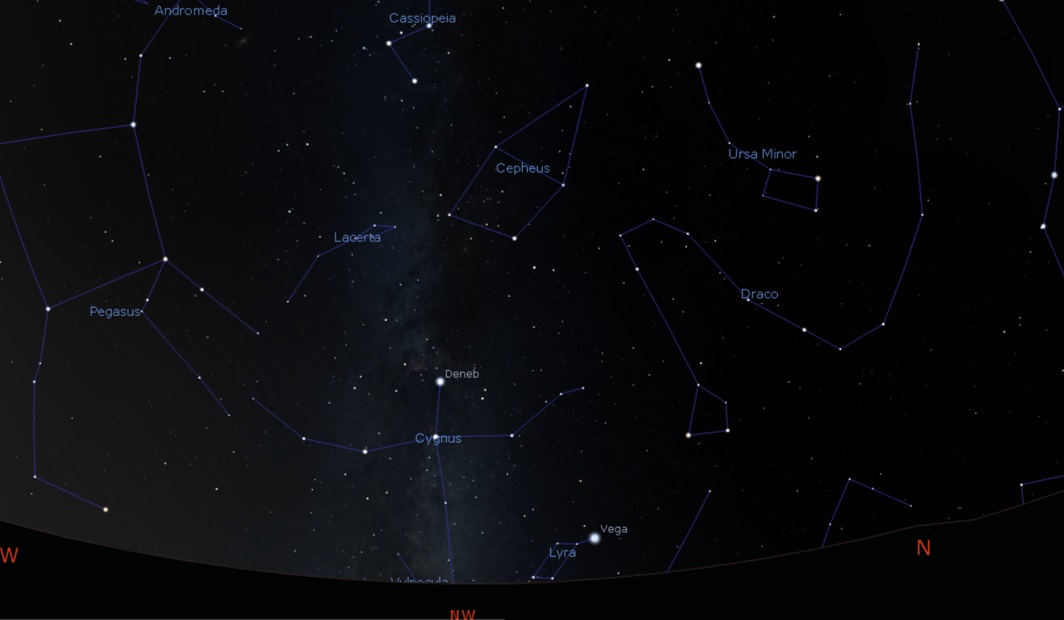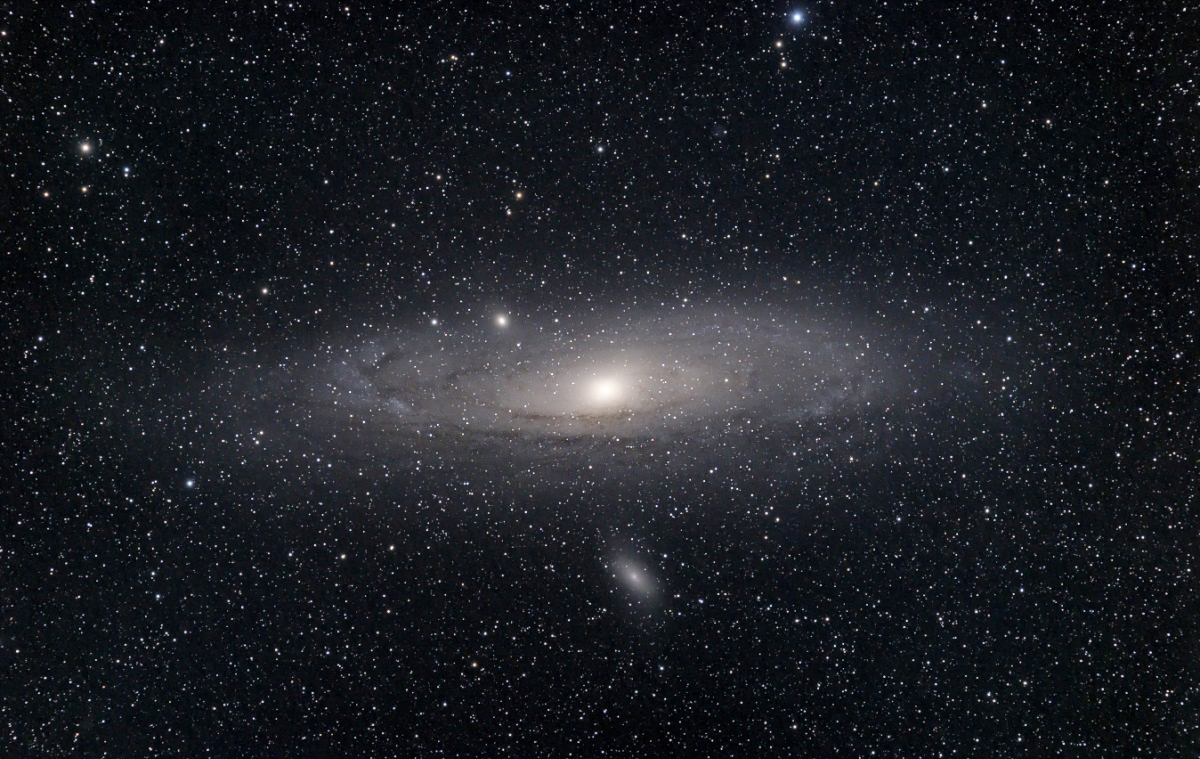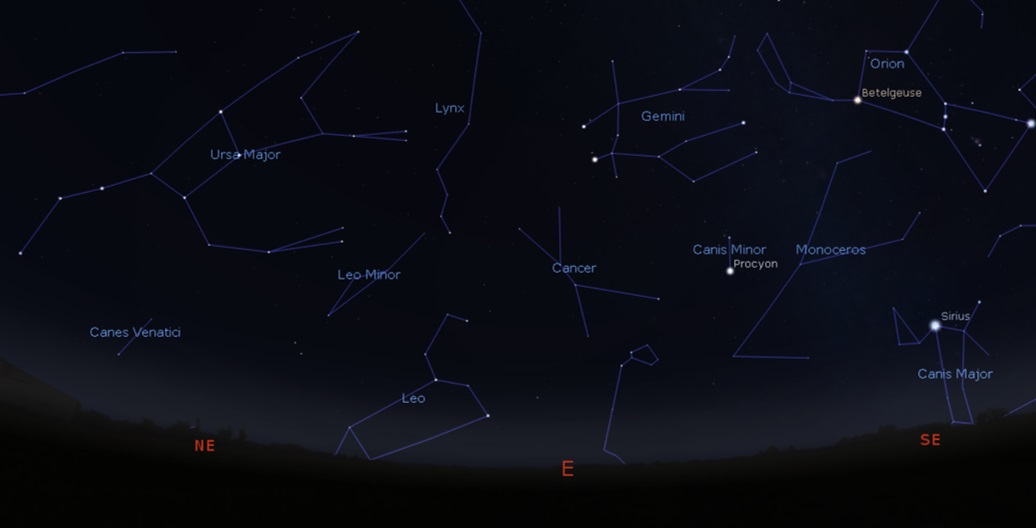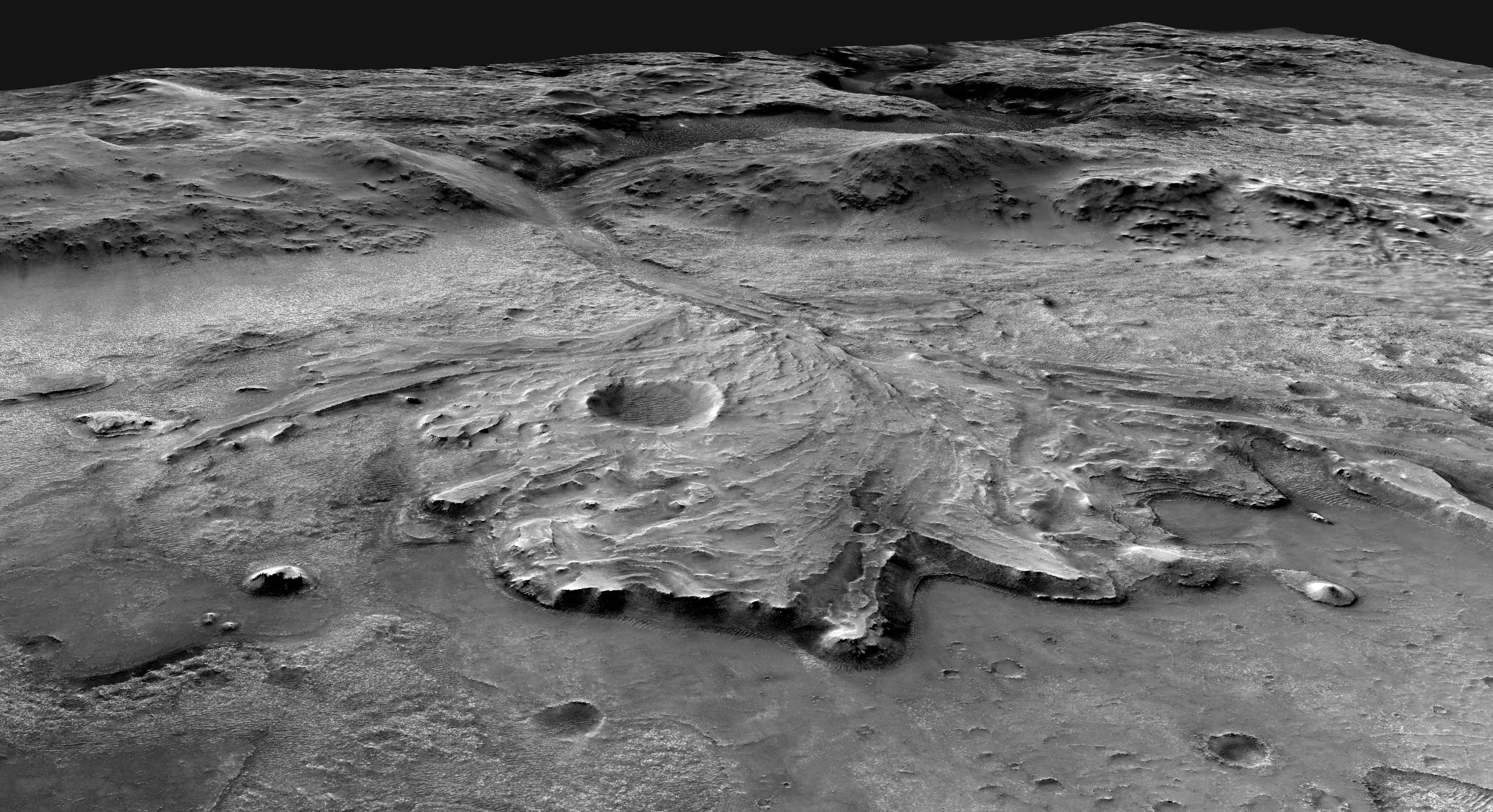
As the Earth travels around the Sun, the stars and constellations that are visible to us on the night side of our planet gradually change, and those changes are a fascinating way to track the passing and arrival of the seasons.
As the Sun sets at this time of year, the summer constellations, such as Cygnus and Lyra, quickly follow the Sun down into the west soon after dark.

High overhead at sunset, autumn constellations such as Andromeda and Cassiopeia drop low in the sky by midnight, while spectacular winter constellations Orion and Taurus now dominate the southern night sky from nightfall until the early hours.

In recent weeks, however, the spring constellations such as Leo, Cancer and Ursa Major are starting to climb higher in the south-east by midnight, a sign that (hopefully!) the warmer weather isn’t too far away now.
The spring night sky contains many fascinating constellations, with remarkable stars, clusters and galaxies, and we’ll revisit these in the coming months.

The Planets and the Moon
Of the brighter planets, only Mars is prominent this month, visible high in the south-west sky as it gets dark, and setting in the north-west around midnight.
As we orbit around the Sun at different speeds to the other planets, they appear to move across the background of stars. Indeed, the word ‘planet’ comes from the Greek word ‘planetes’, which means ‘wanderer’.
Mars is currently moving toward the Pleiades star cluster in the constellation of Taurus, which featured in December’s blog, and will create a beautiful and colourful conjunction by the end of the month, with Mars passing closest to the Pleiades in early March.
The other brighter planets, Mercury, Venus, Jupiter and Saturn, all currently appear too close to the Sun to be visible through most of February, although sharp-eyed observers with binoculars may be able to spot Saturn, Mercury and Jupiter form a line low to the south-eastern horizon just before sunrise at the very end of the month.
The full moon will shine on 27 February, gliding through the spring constellation of Leo. Those looking for the darkest skies in order to see more stars and faint objects can use the nights around the new Moon on 11 February.
Missions to Mars
Three missions arrive at Mars this month. The ‘Hope’ orbiter of the UAE Space Agency will seek to move into orbit around Mars on 9 February, with China’s Tianwen-1 Spacecraft, which looks to land a rover in May, arriving a day later.
After being launched in the summer of 2020, and travelling nearly 480 million kilometres (300 million miles), NASA’s Perseverance Rover will arrive and land on Mars on 18 February. The process of slowing from inter-planetary speeds of 20,000 kilometres per hour (12,500 mph) to touching down gently on the surface of Mars is described as the “seven minutes of terror”. You can see NASA’s animation of that process here.

Perseverance will be the biggest vehicle ever landed on Mars, weighing over 1,000kg (as much as a small car) and carrying a huge payload of scientific research instruments, including those required to look for signs of ancient microbial life in the sand, soil and rocks around the Jezero crater. It will drill and prepare samples of the Martian surface that will be collected and returned to Earth by future missions to the red planet.
The rover is also carrying a small helicopter called Ingenuity, about a metre across, which will attempt the first powered flight on another planet. Excitingly, all of this will be captured by the cameras on board the Perseverance rover.
The exploration and science opportunities from this mission are fascinating – best of luck to our NASA colleagues (and to Perseverance and Ingenuity!) from everyone here at the UK Space Agency!
Leave a comment